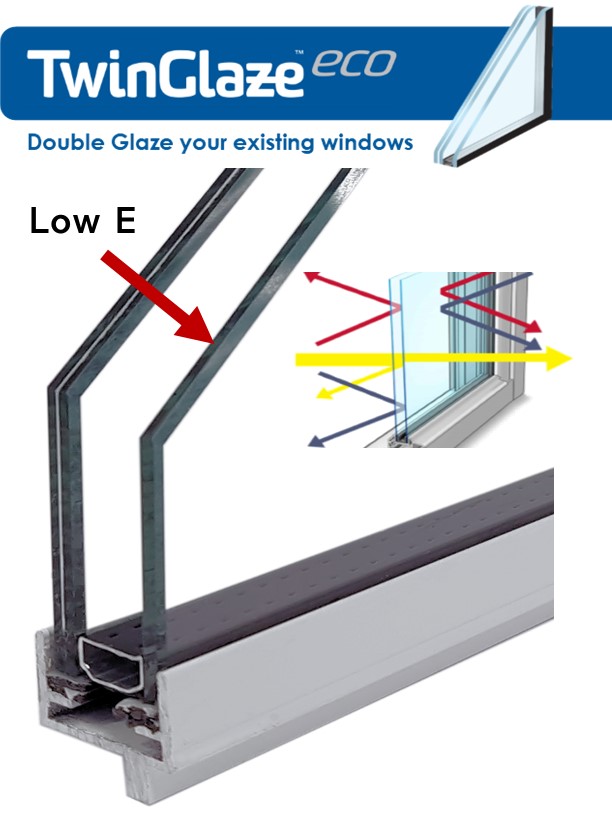All Categories
Featured
Table of Contents
Keeping Your House Cool In The Summer in Greenmount WA
Laminated glass is typically utilized in locations in the home most susceptible to injury from human effect such as restrooms, doors, around staircases and in areas close to the flooring (it satisfies the requirements of 'shatterproof glass' that is mandated for usage in these locations by Australian Basic AS 1288 Glass in structures).
Toughened glass has been 'tempered' by being reheated and rapidly cooled again. This process makes it much more powerful than standard glass it can resist higher impact loads before breaking. It likewise makes it much safer since, when it does shatter, it gets into lots of small cubic pieces rather than dangerous fragments.
Single Vs Double Vs Triple - Which Window Is Right For Your ... in White Gum Valley Western Australia
Toughened glass has no thermal or acoustic advantages over other glass of the same toning or thickness. Secondary glazing is where single-glazed windows are retrofitted with a transparent acrylic or glass sheet attached to the within the frame or openable sash with a secondary frame or with magnetic strips.


Secondary glazing will not carry out too thermally as a manufactured IGU, given that it is difficult to totally seal the border, but it can offer great noise control. Window movies are a thin polymer film consisting of an absorbing dye or reflective metal layer, with an adhesive backing. They adhere to your glazing to alter its colour or make it reflective.
Double Glazing Australia Blogs in Neerabup Perth
Applied to existing glass, some window films can halve the overall SHGC of the window by soaking up and/or reflecting solar radiation. This can be particularly useful in hotter environments where cooling is the main concern, or on east and west elevations straight exposed to extended periods of sunlight. Nevertheless, window movies might likewise decrease noticeable light transmittance.

For this factor, it is normally best to use a certified installer of window film. Frames have a significant effect on the thermal performance of doors and windows, since energy can be gained and lost through the frame, in addition to through the glass. Different kinds of frame will permit different levels of heat gain and loss, so mindful option of frame is necessary for effective passive design.
Summer Scorcher Predicted, Again! Double Glazed ... in Shoalwater Western Australia
Aluminium is likewise an extremely good conductor of heat and will reduce the insulating value of a glazing unit, unless particularly engineered to minimize this. A 'thermally broken' frame is comprised of 2 aluminium areas connected by a structural insulator (normally a low-conductivity structural polymer). This 'breaks' the thermal connection through the aluminium and minimizes the heat streaming through the frame.
They can be costly, but rates are decreasing as they become more typical. Wood frames are a good natural insulator that can suit some home styles. Timber frames ought to be made from species that have naturally high toughness or be treated to prevent decay and deformation. Inspect that the lumber is sourced from a sustainably managed forest.
Single Vs Double Vs Triple - Which Window Is Right For Your ... in Armadale Perth
(weather removing) is set up.
u, PVC doors and windows have excellent thermal efficiency Photo: Ben Wrigley (Light Home Architecture and Science) Composite frames utilize aluminium profiles on the outer areas with either a timber or u, PVC inner area. These integrate the low maintenance and resilience of aluminium with much improved thermal performance.
Latest Posts
Window Glazing For Households - Energy in Myaree WA
Why You Need Secondary Glazing In The Summer in Madeley WA
Secondary Glazing: Is It Worth It? in Applecross Perth